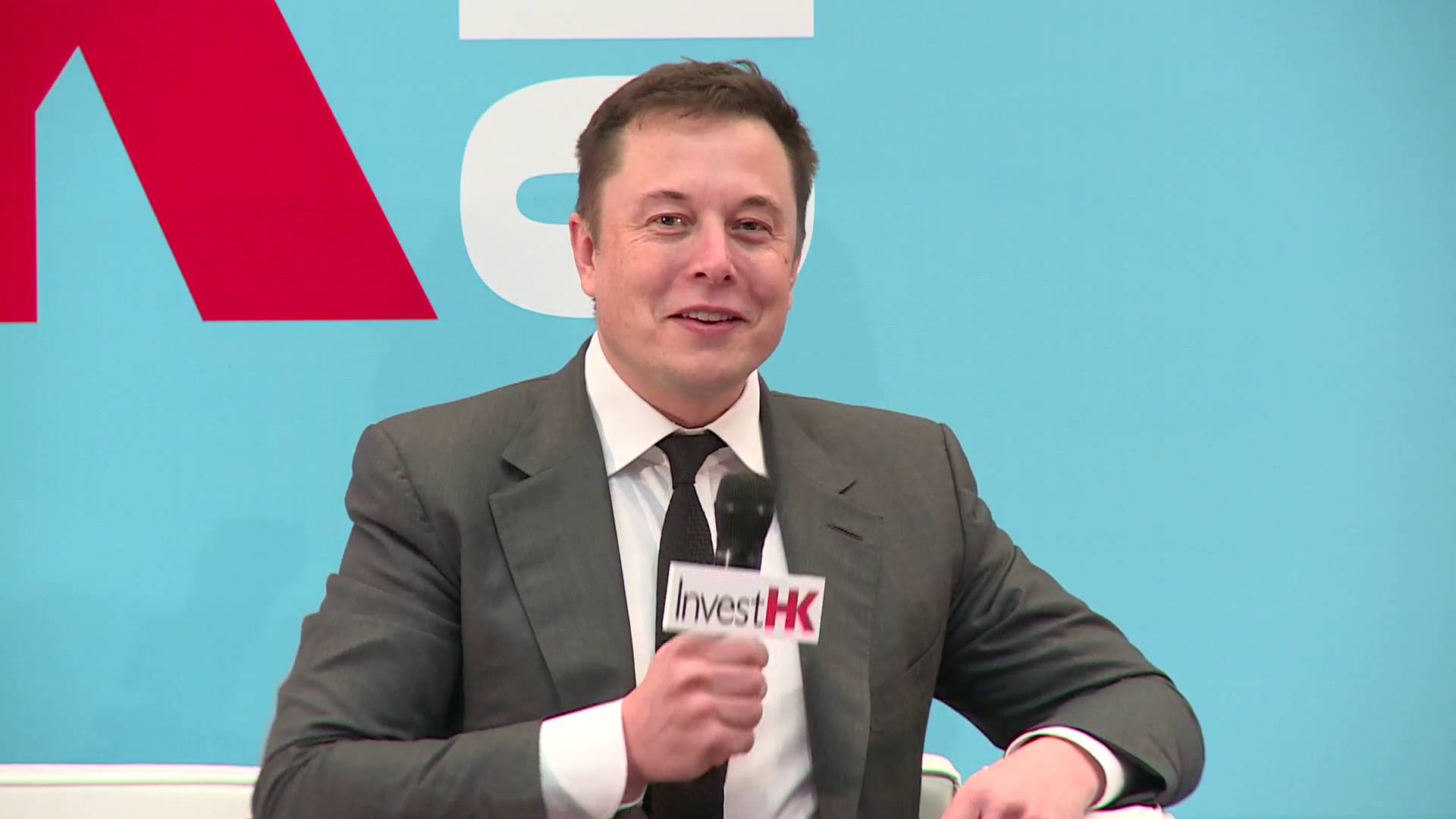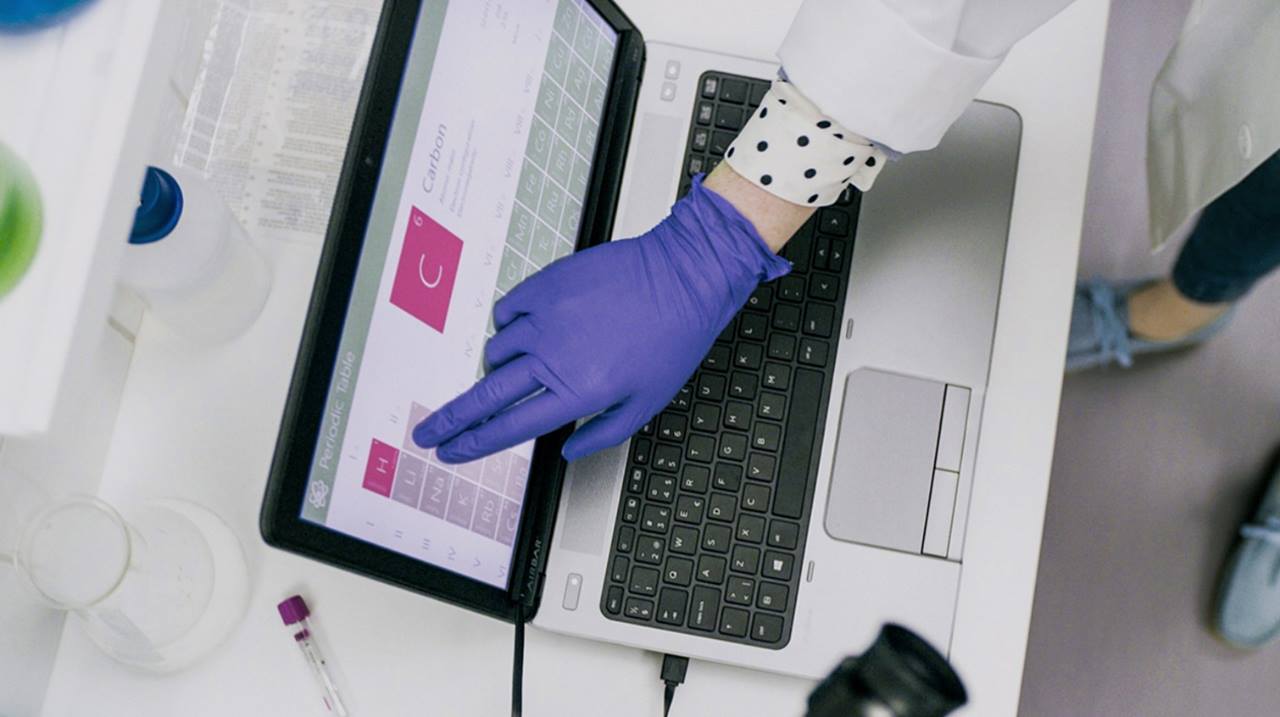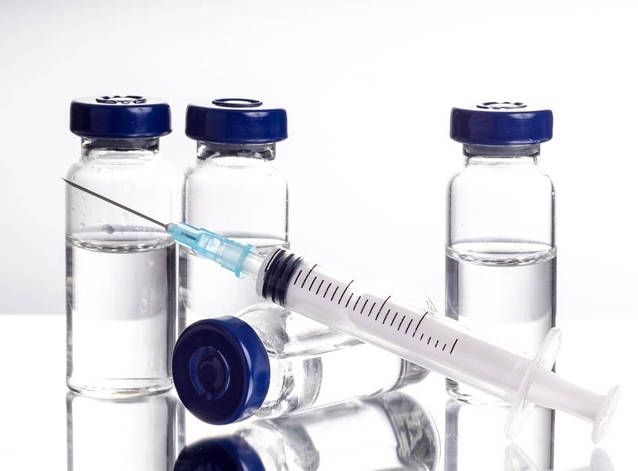Rupert Sanders’ live-action ‘Ghost in the Shell’ movie has added Michael Pitt as the villain, but it’s not the antagonist you might have expected.
Researchers have constructed the first comprehensive model of how neurons in the brain behave when faced with a complex decision-making process, and how they adapt and learn from mistakes.
The mathematical model, developed by researchers from the University of Cambridge, is the first biologically realistic account of the process, and is able to predict not only behaviour, but also neural activity. The results, reported in the Journal of Neuroscience, could aid in the understanding of conditions from obsessive compulsive disorder and addiction to Parkinson’s disease.
The model was compared to experimental data for a wide-ranging set of tasks, from simple binary choices to multistep sequential decision making. It accurately captures behavioural choice probabilities and predicts choice reversal in an experiment, a hallmark of complex decision making.
All they need to do is also make it capture wind energy…
Porsche defrays its luddite position on driverless vehicles with an impressive solar array that will power the Berlin-Adlershof Porsche center from 2017.
Bioprinting companies can be successful at start-up investment conferences, although they are sometimes outshone by more immediately accessible products. Bioprinters have the potential to drastically change life expectancy and quality in the long term, but can “only” help out with scientific research in the short term and that, often, is not exciting enough for start-up awards.
That was not the case at the recent SVOD (Silicon Valley Open Doors) Europe, an investment conference that began in 2005 and went global in 2015. The event then came to Europe for the first time in an effort to connect the Eastern European tech community with more established ecosystems. This year, the event took place in Ireland and “local” startupper Jemma Redmond took home the top prize with the Ourobotics 10 material 3D bioprinter.
I have been following Jemma and her team’s progress, from the pre-conference preparation all the way up to her presentation, via Facebook feed and other updates. The event took place at Google’s Dublin HQ and the winning team received, among other things, $5,000 in Google Adwords credits. Clearly happy about this success, Jemma told me they faced off against 25 other teams.
At the StartmeupHK Festival in Hong Kong, Musk stated that he was prepared to unveil SpaceX’s Mars roadmap at the International Astronautical Conference, which will take place from September 26 to 30 in Mexico. And according to Berger of Ars Technica, Musk’s plan may call for the kick-off of humans to Mars by 2025, a fairly ambitious goal that puts it nearly a decade ahead of NASA’s nebulous Mission to Mars plans.
SpaceX is working on the Falcon Heavy, a rocket ready to debut later this year capable of lifting 58 tons of material into Low Earth Orbit, which is about four times the lifting power of the Falcon 9. It’s specs are just a few hairs short of NASA’s own Space Launch System, the largest rocket since the Saturn V rockets that carried out the Apollo moon landings.
The Spacex Mars plan may include discussion of both a super-heavy rocket as well as starships that could ferry large numbers of people from Earth to Mars, known as the Mars Colonial Transporter.
As Google’s head of artificial intelligence takes charge of search, deep learning is already changing the way Googling works.
The 6th annual European Smart Grid Cyber Security conference (7th – 8th March 2016)
Boy! I wish I could attend this meeting. I can imagine all of the conversations now “Quantum” & “Cyber Attacks” with some good old AI thrown in the mix. I am also guess that the 2 articles this week on the NSA maybe brought up too.
SMi Group reports: The MITRE Corporation will be presenting at the SMi’s 6th annual European Smart Grid Cyber Security conference (7th – 8th March 2016)
Not sure how I missed this article from late Jan. If you haven’t read my article on Linkedin Pulse called “AI holding your information hostage — food for thought”; you may wish to read it. It parallels beautifully with this report/ article:
A new report from application delivery and cyber security specialist Radware suggests that the human element will increasingly be excluded from security as 2016 brings a ‘battle of the bots’.
It finds that throughout 2015, no industry was immune to cyber attacks, and few were prepared for them. In 2016, attacks are predicted to become even more aggressive with the arrival of Advanced Persistent Denial of Service (APDoS) attacks and an increase in volume and scope of sophisticated bot-generated assaults against web application infrastructure.
CytoDyn Inc. announced in a news release last week that its ongoing extension study of PRO 140 monotherapy has shown “complete viral-load suppression” for well over a year, with some patients approaching 17 months. The phase I trial included 23 patients.
“The company believes that complete virologic suppression through treatment with a single agent, PRO 140, a safe and efficacious antibody, rather than through the widely used HAART combination therapy, could present a significant opportunity to treat HIV patients. Based on these monotherapy results, the company plans to file a second Phase 3 protocol for PRO 140 monotherapy with the FDA. CytoDyn is currently conducting a pivotal phase 3 trial for PRO 140 as an adjunct therapy with expected commercialization in 2017.”
On Jan 22, the company filed a request for Breakthrough Therapy Designation with the FDA for PRO 140 as a treatment for HIV-1 infection in treatment experienced patients with virologic failure, meaning other medications alone no longer work for them.








